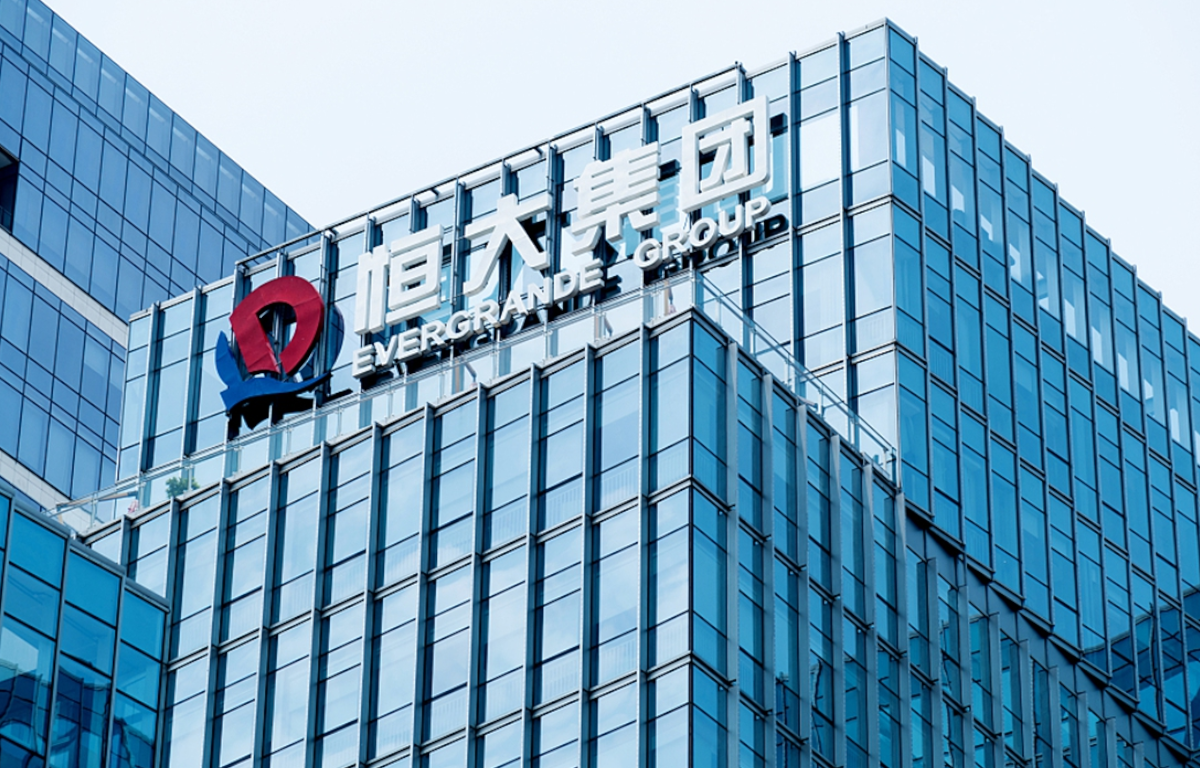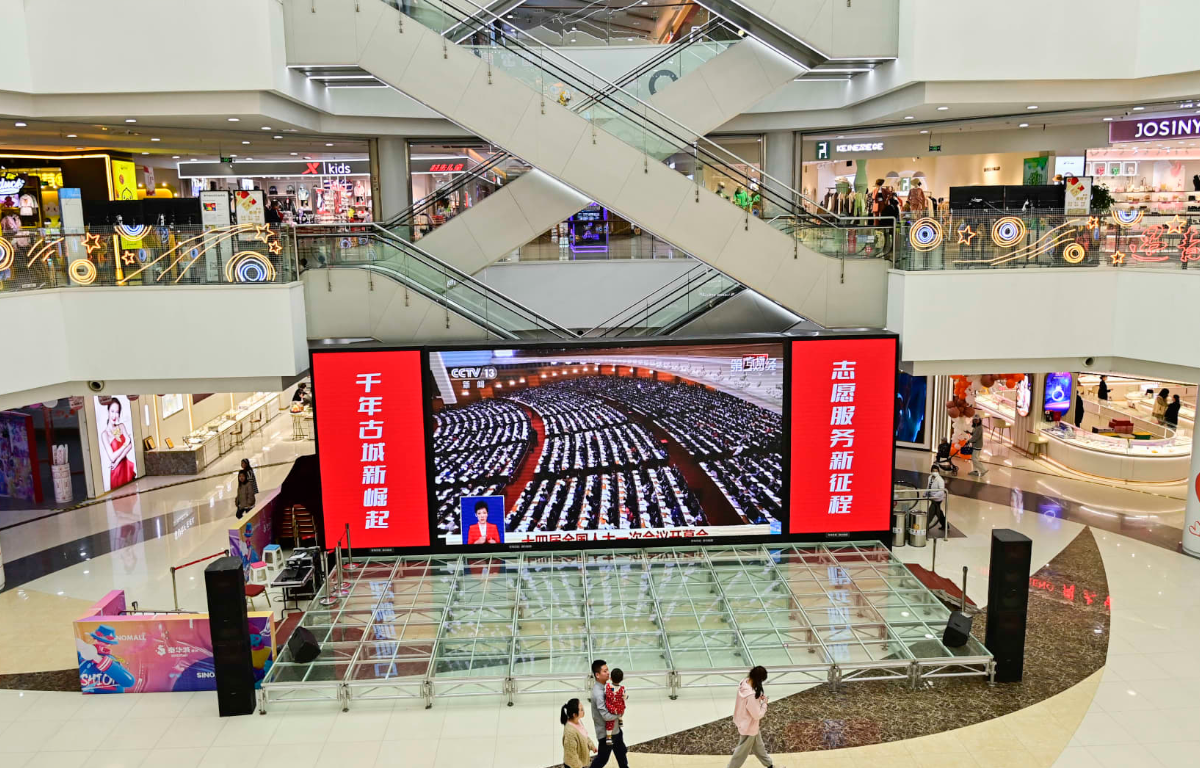
China’s rise as an economic superpower has been nothing short of remarkable. Its vast labor force, manufacturing capabilities, and robust infrastructure have attracted countless Western corporations looking to reduce production costs and tap into the country’s enormous consumer market. For years, businesses across industries have set up operations in China, forged partnerships with Chinese companies, and built intricate supply chains deeply rooted in the country.
However, several factors have recently prompted Western corporations to reconsider their China-centric strategies. Ongoing trade disputes and political tensions between China and Western nations, particularly the United States, have raised concerns about the reliability and sustainability of doing business in China. The COVID-19 pandemic exposed vulnerabilities in global supply chains, with disruptions in the flow of goods and materials. Companies now recognize the need for diversification and resilience in their supply chain strategies. As China’s economy has developed, labor and production costs have increased. Some businesses find it less cost-effective to manufacture in China compared to other emerging markets.
In response to these challenges, Western corporations are exploring several strategies to reduce their reliance on China. Many companies are diversifying their supplier base by shifting some manufacturing operations to countries like Vietnam, Thailand, Mexico, and India. This helps mitigate the risk of disruptions and reduces dependence on China. Instead of relying on a single global supply chain, some businesses are creating regional supply chains to serve specific markets. This approach allows for greater agility and adaptation to local demands. Western corporations are increasingly investing in technology transfer and innovation centers in other countries, fostering research and development outside of China. To lessen dependence on the Chinese consumer market, companies are exploring opportunities in other rapidly growing economies, such as those in Southeast Asia, Africa, and Latin America. In certain industries, particularly those with a focus on high-tech manufacturing or sensitive intellectual property, there’s a growing trend of bringing production back to Western countries.
While the shift away from China’s shadows is ongoing, it’s not without challenges. Companies must carefully assess the trade-offs involved in diversifying supply chains, including factors like labor quality, infrastructure, and regulatory environments in new locations. Additionally, maintaining positive relationships with China remains crucial, as it continues to be a significant market and a source of innovation. The evolving landscape of global business suggests that Western corporations are navigating a complex and multifaceted path towards supply chain resilience and reduced dependence on China. Whether these changes will lead to a fundamental restructuring of the global economic order remains to be seen, but they certainly mark a notable shift in the world of international commerce.










Share this: